Ошибка windows cannot access the specified device
Обновлено: 04.07.2024
You may receive 'Windows cannot access the specified device, path, or file. You do not have the appropriate permission to access the item' error while trying to start a program or open a file. Do not worry about being unable to access the files or folders, take the solutions in this guide to resolve the issue. And use EaseUS data recovery software to recover lost files that were removed, deleted, hidden, etc.
Table of Contents
About the Author
Reviews and Awards
Check the solutions to fix "Windows Cannot Access the Specified Device Path or File":
| Workable Solutions | Step-by-step Troubleshooting |
|---|---|
| 1. Recover the Deleted or Lost Files | Launch EaseUS file recovery software on your computer. Choose the exact location where you lost. Full steps |
| 2. Gain the Permission | Right-click the file or folder and select "Properties". Under "Group or User names". Full steps |
| 3. Check the File Location | Right-click on the problematic file or folder and select "Properties". Full steps |
| 4. Unlock the File/Folder | Right-click the blocked file and then select "Properties". In the General tab. Full steps |
| 5. Check the Antivirus Software | You can temporarily disable the antivirus software and check. Full steps |
Error - Windows Cannot Access the Specified Device Path or File
"Windows cannot access the specified device, path, or file. You may not have the appropriate permission to access the item."

You may receive the exact error while you are trying to start a program or open a file on your Windows computer. And simply gaining the required permission may not be helpful. That's why so many people are posting the same question and asking further help from Microsoft support and some prevailing forums.
What are the possible reasons that make Windows cannot access the specified device, path, or file? Why you don't have permission to access the folder? Through this tutorial, you can understand the causes and learn all the effective solutions to solve Windows that cannot access the specified device issue. Let's start now.
Causes - Why Windows Cannot Access the Specified Device Path
As long as you see the message "Windows cannot access the specified device, path, or file. You may not have the appropriate permissions to access the item", you might think of the following four feasible reasons:
- You don't have permission to the file or file location.
- File location/path isn't accessible or even doesn't exist.
- The file has been moved or deleted.
- The files may be blocked by Windows.
- Antivirus software prevents files from opening.
Solutions - Fix Windows Cannot Access the Specified Device
Now that you've known the reasons for Windows cannot access the specified device path or file error, you can take effective solutions for specific reasons to solve the problem.
Method 1. Recover the Deleted or Lost Files
If the Windows cannot access the specified device error was caused by accidental deletion, free download EaseUS data recovery software to bring lost data back.
EaseUS Data Recovery Wizard can recover deleted files in Windows 10/8/7 from HDD, SSD, USB flash drive, SD card, external hard drive, etc. It supports restoring deleted photos, videos, audio, emails, Word, Excel, and other hundreds of file types.
Windows 11/10/8/7 Data Recovery Software
-
, emptying recycle bin, virus attack, system crash, and more.
- Recover data from any brands of SD cards or memory cards, including Kingston, Sony, Samsung, and more.
- Support over 1000 types of files like DOC/DOCX, XLS/XLSX, PPT/PPTX, AIF/AIFF, M4A, MP3, WAV, WMA, JPG/JPEG, etc.
If your inaccessible files or folders are on a removable hard drive or flash disk, connect it to a Windows PC where EaseUS hard drive recovery software is installed, and follow the steps below to recover files that Windows cannot access normally.
Step 1. Launch EaseUS file recovery software on your computer. Choose the exact location where you lost the files and click the Scan button.
Step 2. The software will immediately start scanning the drive and very soon the deleted files will show up. When the process is over, you can filter the document files.
Step 3. Select files (e.g. Word, Excel, and PowerPoint) and click the Recover button. You can browse for a different location to save the recovered files.
Method 2. Gain the Permission of the File or Folder
Just like the error suggests that "you may not have the appropriate permissions to access the item", you should first check if you have the permission of the file or folder. If not, do as follows to gain permission to access a file or a location.
Step 1. Right-click the file or folder and select "Properties".
Step 2. Under "Group or User names", click your name to see the permissions you have.
Step 3. Select "Edit", where you can have permissions like full control, modify, read & execute, read, write, or special permissions. Choose the permissions you need and click "OK".

Method 3. Check the File Location
You may also get Windows cannot access the specified device path or file error if the shortcut or installation is attempting to access a location that is not currently available. Check the path of the file and make sure that the location is accessible.
Step 1. Right-click on the problematic file or folder and select "Properties".
Step 2. Under the General tab, check the location, make sure that the file path is correct and accessible.

You can follow the path to find the file. If you can't find the desired file in this location, the file is very likely deleted or moved. Take the solutions below to get back deleted files.
All the provided fixes and file recovery solution aims to resolve 'Windows cannot access the specified device, path, and file error, which might occur on desktop contents, explorer.exe, and other locations when opening a file, trying to install, update or start a program.
Method 4. Unlock the File/Folder
You will receive the access issue if Windows blocked the file. Windows may mistake your files as harmful and prevent you from accessing them. Check the properties of the file, there may be a note saying 'This file came from another computer and might be blocked to help protect this computer. To unblock the file, follow these steps:
Step 1. Right-click the blocked file and then select "Properties".
Step 2. In the General tab, select "Unblock" if the option is available.

Method 5. Check the Antivirus Software
As mentioned above, the Windows antivirus software may block the file even it isn't malicious. You can temporarily disable the antivirus software and check if your file is accessible or not. After that, you should turn on the antivirus software in time as disabling your antivirus software or changing the settings may make your PC vulnerable to viral, fraudulent, or malicious attacks.
Conclusion
You can effectively fix Windows that cannot access the specified device path or file by using the solutions in this article. You don't have to try every method, just find the specific reason and implement a corresponding way to troubleshoot.
If the error appears because of file deletion, you can use the EaseUS file recovery tool to get back lost files to solve the issue. It can recover inaccessible files and folders with ease.
EaseUS Data Recovery Wizard is the best data recovery software for Windows 11. Use it to retrieve deleted, lost, formatted, corrupted data quickly.
* 100% secure download. Get the Pro version at 30% OFF.

More Tips
'Windows cannot access the specified device, path, or files. You may not have the appropriate permission to access the item.' might appear when you try to start a program or open a file on your Windows computer. The following are some highly relevant topics to this problem, check the guides if you need them.
1. How do I get permissions in Windows 10?
- Open File Explorer. Browse and find the file or folder you want to have full access to.
- Right-click it, and select "Properties".
- Click the "Security" tab to access the NTFS permissions.
- Click the "Advanced" button. On the Select User or Group page, click "Find Now".
- Then select your user account and click "OK". On the Select User or Group page, click "OK".
- Click "Apply", then click "OK".
2. How do I get permission to access a network computer?
- Open Windows Explorer and go to the folder whose permissions you want to get.
- Right-click the folder and then choose "Properties" from the contextual menu.
- Click the "Sharing" tab; then click "Advanced Sharing". Click "Permissions". The dialog box shown appears. This dialog box lists all the users and groups who have permission for the folder.
- When you select a user or group from the list, the checkboxes at the bottom of the list change to indicate which specific permissions you've assigned to each user or group.
- Click the "Add" button. Choose or enter the name of your computer.
- Select the appropriate Allow and Deny checkboxes to specify which permissions to allow for the user or group.
- Click "OK" to finish the process.
3. How do you fix 'you must have read permissions to view the properties of this object'?
- Take ownership of the file or folder.
- Get proper permissions.
- Recover lost data.
Was This Page Helpful?
Daisy is the Senior editor of the writing team for EaseUS. She has been working in EaseUS for over ten years, starting from a technical writer to a team leader of the content group. As a professional author for over 10 years, she writes a lot to help people overcome their tech troubles.
Author Jean has been writing tech articles since she was graduated from university. She has been part of the EaseUS team for over 5 years. Her special focuses are data recovery, disk partitioning, data space optimization, data backup and Mac OS. By the way, she's an aviation fan!
Product Reviews
EaseUS Data Recovery Wizard is a powerful system recovery software, designed to enable you to recover files you’ve deleted accidentally, potentially lost to malware or an entire hard drive partition.
EaseUS Data Recovery Wizard is the best we have seen. It's far from perfect, partly because today's advanced disk technology makes data-recovery more difficult than it was with the simpler technology of the past.
EaseUS Data Recovery Wizard Pro has a reputation as one of the best data recovery software programs on the market. It comes with a selection of advanced features, including partition recovery, formatted drive restoration, and corrupted file repair.
Note Make sure you are an Administrator or you are part of the Domain Admins group if you are in a domain.
Permissions are rules associated with files that determine if you can access the file and what you can do with it. To check the permission of the file or folder, follow these steps:
Right-click the file or folder, and then select Properties.
Select the Security tab.

Select Edit, and then select to check the check boxes for the permissions that you need, and then select OK. (The screen shot for this step is listed below).
For more information on permissions, see What are permissions?
Method 2: Check the file location

You might get this error if the shortcut or installation is attempting to access a location that is not currently available such as a networked or a removable drive. Check the path of the file that Windows cannot access and make sure that the location is accessible. (The screen shot for this step is listed below).
Method 3: Make sure that the file has not been moved or deleted
You can also receive this error if the file has been moved or deleted. Browse to the location of the file and make sure the file is in that location.
Method 4: Recreate the shortcut to check for corruption
You can also receive this error if the shortcut or other file type has become corrupt. You can check for corruption in shortcuts by recreating the shortcut. To do this, see Create or delete a shortcut.
If an application or other type of file is corrupt it may be necessary to repair the application to resolve the issue.
Method 5: Unblock the file
In some cases the file may be blocked by Windows. Check the properties of the file, there may be a note saying This file came from another computer and might be blocked to help protect this computer To check for and unblock the file, follow these steps:
Right-click the blocked file and then select Properties.
In the General tab, select Unblock if the option is available.
Method 6: Check to see if your antivirus software is blocking the file
You can check to see if your antivirus software is blocking a file by temporarily disabling it, and then trying to open the file. If you have to temporarily disable your antivirus software, you should re-enable it as soon as you are done. If you’re connected to the Internet while your antivirus software is disabled, your PC is vulnerable to attacks.
Important: Disabling your antivirus software or changing the settings may make your PC vulnerable to viral, fraudulent, or malicious attacks. Microsoft does not recommend that you disable your antivirus software or change the settings. If you have to temporarily disable your antivirus software, you should re-enable it as soon as you are done. Use this workaround at your own risk. To temporarily disable your antivirus software, see Disable antivirus software
Cause
This issue can occur if any of the following scenarios exist on your PC.
You do not have permissions to the file or the file location.
The file is on a location that is not currently accessible like a network location or an external drive that is not currently connected to the PC.
The file has been moved or deleted.
The file or shortcut is corrupt.
The file may be blocked by Windows.
Your antivirus software may be blocking the file.
More Information
For more information about errors accessing files or folders in Windows, see "Access Denied" or other errors when accessing or working with files and folders in Windows
windows cannot access the specified device, path, or file. You may not have appropriate permissions to access the item.
This is what I get when I try to run Microsoft Edge.
If anyone can help me sort it out with "VERY SIMPLE" instructions I would be VERY grateful.
I have attempted to
3. RUN as ADMINISTRATOR
4. Looked at the FILE LOCATION & in particular the SECURITY tab where I looked at 5 GROUP or USER NAMES shown there.
The titles were
EVERYONE - shows Read& execute
SYSTEM - shows Full control, Modify, Read & execute, Read, Write
a name (and an email address) - shows as above + Special permissions (greyed out)
Administrators ( with a title \Administrators) - shows (as SYSTEM)
Users ( with a title\Users) shows (as System but Read & execute & Read (Greyed out)
(4. Not sure how to approach the above so did nothing there)
Details TAB
Folder path shows C;\ProgramData\Microsoft\Windows\Start.
- as I cannot expand the small Microsoft Edge Properties box that opens I cannot tell the remainder of the above text -
Presumably this will be the same as "GENERAL TAB > LOCATION"
Owner shows Administrators
Computer shows Computer name (this PC)
SHORTCUT TAB
TARGET shows "C:\Program Files (x86)\Microsoft\Edge\Application\msedge.exe"
START IN shows "C:\Program Files (x86)\Microsoft\Edge\Application"
GENERAL TAB
LOCATION shows C:\ProgramData\Microsoft\Windows\Start Menu\Programs
ATTRIBUTES Read only and Hidden - both boxes unticked
Compatability & Previous Versions will not be applicable to any alteration (hopefully)
5. Any icons for Microsoft Edge on the Taskbar were removed and reinstated but they do not now show as original icons.
so I am not sure what version I have had reinstated.
Windows specifications
Edition 10 Home
Version 20H2
OS build 19042.1083
Experience Pack 120.2212.3530.0
Any suggestions welcomed,
An update on the above problem.
When I enter SETTINGS form the Windows Icon in bottom LEFT corner,
as it opens I see the same comments as in this article's header. This fortunately does not appear to stop access to any of the sub headings that show up when the "COG" is selected.
This thread is locked. You can follow the question or vote as helpful, but you cannot reply to this thread.Report abuse
Harassment is any behavior intended to disturb or upset a person or group of people. Threats include any threat of suicide, violence, or harm to another. Any content of an adult theme or inappropriate to a community web site. Any image, link, or discussion of nudity. Any behavior that is insulting, rude, vulgar, desecrating, or showing disrespect. Any behavior that appears to violate End user license agreements, including providing product keys or links to pirated software. Unsolicited bulk mail or bulk advertising. Any link to or advocacy of virus, spyware, malware, or phishing sites. Any other inappropriate content or behavior as defined by the Terms of Use or Code of Conduct. Any image, link, or discussion related to child pornography, child nudity, or other child abuse or exploitation.I'm Kevin B. Independent Advisor and a Windows user like you. I do apologize for the inconvenience that you're experiencing right now, let me help you sort things out.
Are there any recent changes made on the computer before the issue started?
Kindly follow the steps below and check if it helps
- Boot your computer in safemode
Safemode is a windows environment used to troubleshoot, diagnose and repair corrupted windows system files. While computer is in safemode, no 3rd party application will run, not even your anti-virus, and selected services needed by windows to boot are the only running service on the computer. This ensures us that the computer will only use applications and services at a minimal level to avoid 3rd party conflicting application and services.
Please click on the link below and follow the steps in booting your computer in safemode.
Once in safemode, check if you can open the the Microsoft Edge properly
While in safemode, kindly follow the steps indicated on the link below and check if it helps resolving the issue
Restart the computer and check if one of the methods were able to resolve the issue.
If the above method did not resolve the issue, kindly perform system restore on your computer to reverse any changes made on the machine that causes the issue to start.
Perform system restore
-This process will take your computer settings back to an earlier point in time where computer is working fine. If there's any changes made on your computer that removes the service, system restore should be able to fix the issue for you. To perform system restore please follow the steps below:
1. Open the run box by pressing the Windows key + R and type rstrui.exe
2. Once system restore windows open, normally it will suggest a restore point (sometimes it doesn't) if it does, select the 2nd option and hit next
3. Select your desired restore point date and time and hit next and finish.
Windows will going to restart your computer to initiate system restore. System restore might take several minutes to complete depending on the current speed of your computer and the changes it will made. Applications and updates that was installed on the computer prior to the date selected will be removed. It is important that when system restore starts, process must not be interrupted.
DISCLAIMER:
System Restore is a recovery tool for Windows that allows you to reverse certain kinds of changes made to the operating system. System Restore is used to return important Windows files and settings—like drivers, registry keys, system files, installed programs, and more—back to previous versions and settings. Being said all applications and changes made prior to the date selected will be removed and needs to be re-installed if its needed.
Hope this will help and have a bless day!
Thanks.
Kevin B.
Independent advisor
Report abuse
Harassment is any behavior intended to disturb or upset a person or group of people. Threats include any threat of suicide, violence, or harm to another. Any content of an adult theme or inappropriate to a community web site. Any image, link, or discussion of nudity. Any behavior that is insulting, rude, vulgar, desecrating, or showing disrespect. Any behavior that appears to violate End user license agreements, including providing product keys or links to pirated software. Unsolicited bulk mail or bulk advertising. Any link to or advocacy of virus, spyware, malware, or phishing sites. Any other inappropriate content or behavior as defined by the Terms of Use or Code of Conduct. Any image, link, or discussion related to child pornography, child nudity, or other child abuse or exploitation.Thanks for your feedback, it helps us improve the site.
Thanks for your feedback.
Thanks for the suggestions.
I decided to go for the System Restore idea.
I started the process at 11:20 this morning.
IT is NOW 17:03 and the process is STILL going on.
I hope that it is NOT STUCK in a loop as there will be no way of stopping it without a total right off of the computer.
To say the least I am feeling a bit sick of it now.
The screen shows System Restore is restoring the registry. "
That came on at about 15:30.
Goodness knows how long extra this is going to take.
It would have been better to completely reinstate windows from scratch (PERHAPS)
Makes "System restore might take several minutes" a bit out. (GRIN)
As you will gather I am using another unit to reply.
The problem ll started because I was seeing too many items showing on Task Manager & then tried to delete them 1 by 1. (ONLY 1 TAB was open in Edge or Google.
When I looked @ the different sections as above there were 2 showing "UNKNOWN . " WITH ALL LINKS OPEN.
SO I DELETED THEM
LIKE SO MANY OTHER FOLK I AM A BIT WAREY OF "UNKNOWN" ITEMS
Whilst typing this message the other unit has just started up with its "preamble screen" (17:15)
Keeping my fingers crossed now.
Report abuse
Harassment is any behavior intended to disturb or upset a person or group of people. Threats include any threat of suicide, violence, or harm to another. Any content of an adult theme or inappropriate to a community web site. Any image, link, or discussion of nudity. Any behavior that is insulting, rude, vulgar, desecrating, or showing disrespect. Any behavior that appears to violate End user license agreements, including providing product keys or links to pirated software. Unsolicited bulk mail or bulk advertising. Any link to or advocacy of virus, spyware, malware, or phishing sites. Any other inappropriate content or behavior as defined by the Terms of Use or Code of Conduct. Any image, link, or discussion related to child pornography, child nudity, or other child abuse or exploitation.Thanks for your feedback, it helps us improve the site.
Thanks for your feedback.
Hello again Kevin,
This message is from the "faulty" computer.
As you can see the process "seems" to have worked in allowing me to get W Edge back up & running.
The problem initially was as you will see in the picture attached and I still at a loss to understand quite what is going on.
The Tab at the top of the screen shot is the ONLY one visible & it is BLANK, but as you can see the screen shot also shows that there are a number of other tasks going on.
Ignoring the "Snip & Sketch which shows the 2 links to get the picture & that of "Task Manager" the rest is clearly attached to Microsoft Edge, but HOW?
Having attempted to solve the problem myself and failed miserably and caused a load of problems for which I am VERY grateful for the help in rectifying the situation.
I certainly do NOT want to chance my arm again. Any suggestions again welcomed as it s contributing to a massive slow down on my computer.
Report abuse
Harassment is any behavior intended to disturb or upset a person or group of people. Threats include any threat of suicide, violence, or harm to another. Any content of an adult theme or inappropriate to a community web site. Any image, link, or discussion of nudity. Any behavior that is insulting, rude, vulgar, desecrating, or showing disrespect. Any behavior that appears to violate End user license agreements, including providing product keys or links to pirated software. Unsolicited bulk mail or bulk advertising. Any link to or advocacy of virus, spyware, malware, or phishing sites. Any other inappropriate content or behavior as defined by the Terms of Use or Code of Conduct. Any image, link, or discussion related to child pornography, child nudity, or other child abuse or exploitation.Thanks for your feedback, it helps us improve the site.
Thanks for your feedback.
Thanks for the detailed response and I do apologize on the delayed on mine.
Since that the computer is back up and running, it appears that multiple instances of each is open where there is only one Microsoft edge running on your computer with one tab open. Kindly follow the steps below and check if it helps
Run a system file checker to verify the integrity of windows system files on your computer making sure that there are no corrupted files on your windows.
Perform SFC Scan and Repair Windows Image
-This process will perform scan for any corrupted system files or integrity violation and will attempt to repair it along with the Windows Image.
1. Open command prompt with administrator access
2. Type each command below and wait until scan is completed.
SFC /scannow
DISM /Online /Cleanup-Image /CheckHealth
DISM /Online /Cleanup-Image /ScanHealth
DISM /Online /Cleanup-Image /RestoreHealth
Quick note: While the command is running, it's expected to see the process stuck at 20 or 40 percent. After a few minutes, the process will complete successfully.
Once you complete the steps, the Deployment Image Servicing and Management tool will connect to the Windows Update servers to download and replace any damaged files in the local image for Windows 10 as necessary.
3. Close the command prompt.
After the scan completes, kindly disable all non-Microsoft services running on the background of your computer to make sure they are not causing the issue
Perform Clean Boot
- This process will eliminate 3rd party application running in the background of your computer along with services that are not needed to run windows. If there's any conflicting 3rd party application that causes the issue on your computer, this process will stop it.
1. Open the run box by pressing the Windows Key + R and type msconfig
2. System Configuration Utility box will open and by default you are on general tab.
3. On the General tab, click the selective startup and make sure that load system service and load startup items both have checked mark.
4. Click on services tab
5. Put a check mark on Hide All Microsoft Services > This is a very important part as if you miss to click on this, computer might not boot properly or permanently and will end up on clean installation.
6. Once Hide all Microsoft Services have checked mark on it, click on Disable All
7. Click on the Startup Tab and click open task manager. This will open another window which contains all your startup applications on the administrator account.
8. Disable all application that you're not using. You can simply just click on them and select disable.
9. Click OK , Apply and close the configuration utility
Restart the computer normally and check if the same issue appears
As for the computer running slow, click on the link below and follow the steps suggested on the link.
Описание ситуации
И так есть операционная система Windows 10, мне необходимо было удалить Office 365, при попытке это сделать из параметров Windows я получил ошибку
Windows не удается получить доступ к указанному устройству, пути или файлу. Возможно у вас нет нужных разрешений для доступа к этому объекту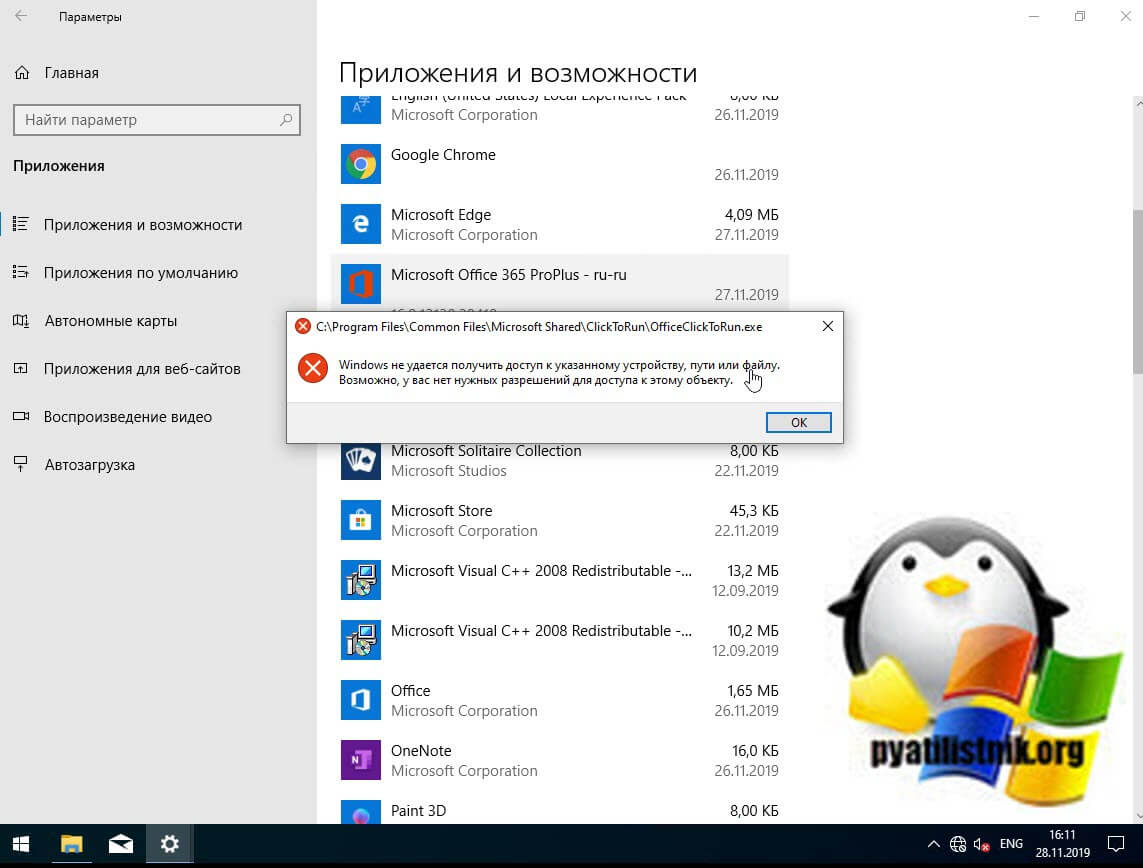
На своей богатой практике данную ошибку я встречал в разных вариантах и на разных операционных системах. 90% это запуск исполняемых файлов в формате exe или ярлыка lnk, 10%, например при удалении приложений. Вот вам несколько примеров:
- Registry Cleaner
- StarCraft 2
- Steam
- Файлы офисного пакета MS Office, например Word или Exel
- Ярлыки различных приложений
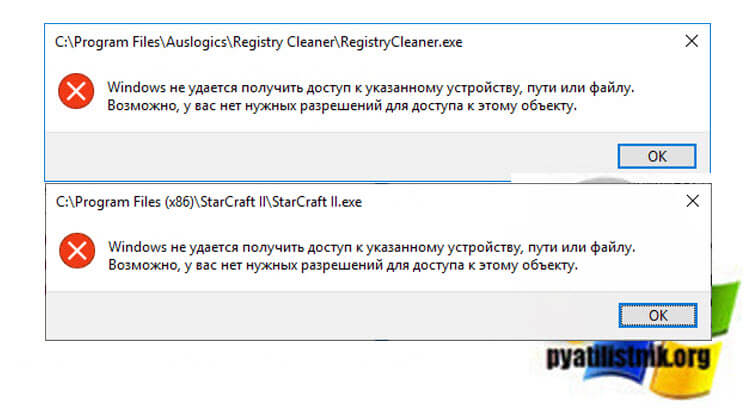
Причины ошибки: Windows не удается получить доступ к указанному устройству, пути или файлу
Если детально разобрать текст ошибки, то из нее видно, что у вашей учетной записи либо нет прав на файл, либо самого файла уже просто нет, поэтому он и не доступен. Из совсем специфичных причин, это повреждение самого файла, а так же его блокировка.
Ошибка при удалении приложения
В самом начале я вам показал ситуацию, когда я обладая административными правами в операционной системе Windows 10, не могу элементарно удалить приложение из окна параметров Windows. Перед тем как начинать шаманство с правами или настройками политик, я вам советую попробовать окно "Программы и компоненты". Открыть его можно вызвав окно "Выполнить" и введя appwiz.cpl.
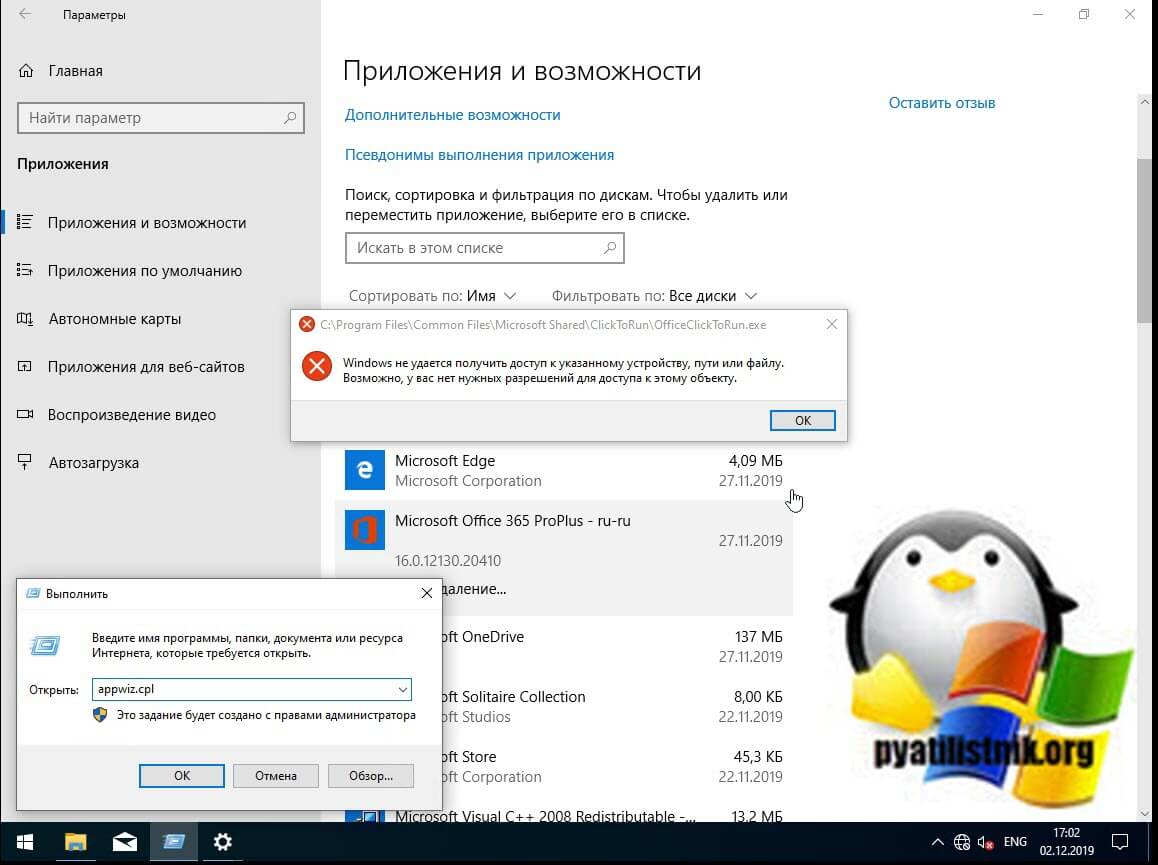
В списке найдите нужное приложение и попробуйте его деинсталлировать, в 99% случаев у вас не возникнет проблем.
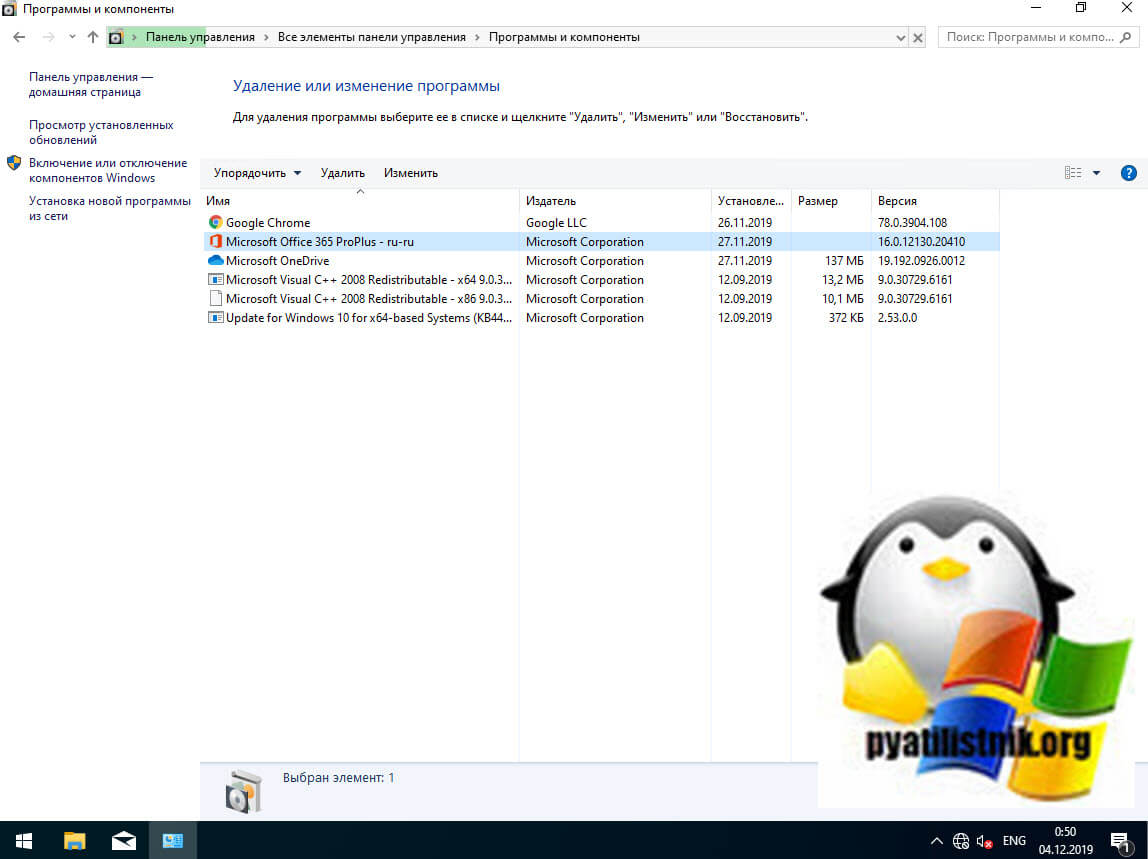
Ошибка запуска из-за UAC (User Account Control)
Если у вас доменный компьютер, то вы легко можете иметь некоторые ограничения из-за политик и конкретно UAC (User Account Control). Я авторизовался в системе под встроенной, локальной учетной записью "Администратор" и увидел, что из под нее проблема не наблюдается. Имея данную информацию, можно точно утверждать, что дело в политике. Откройте окно выполнить и введите secpol.msc.
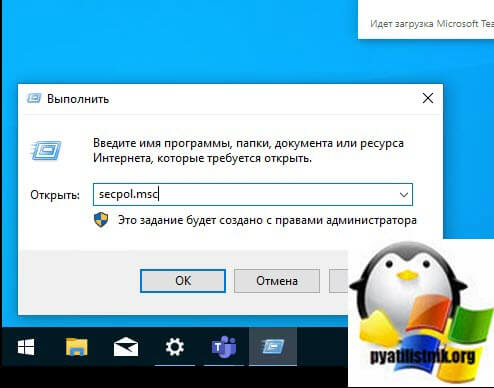
Посмотрите внимательно на ошибку запуска вашего приложения, в самом верху вы увидите полный путь до его месторасположения.
Далее вам необходимо перейти в раздел "Локальная политика - Параметры безопасности", где необходимо найти пункт "Контроль учетных записей: использование режима одобрения администратором для встроенной учетной записи администратора (User Account Control: Admin Approval Mode for the Built-in Administrator account)"
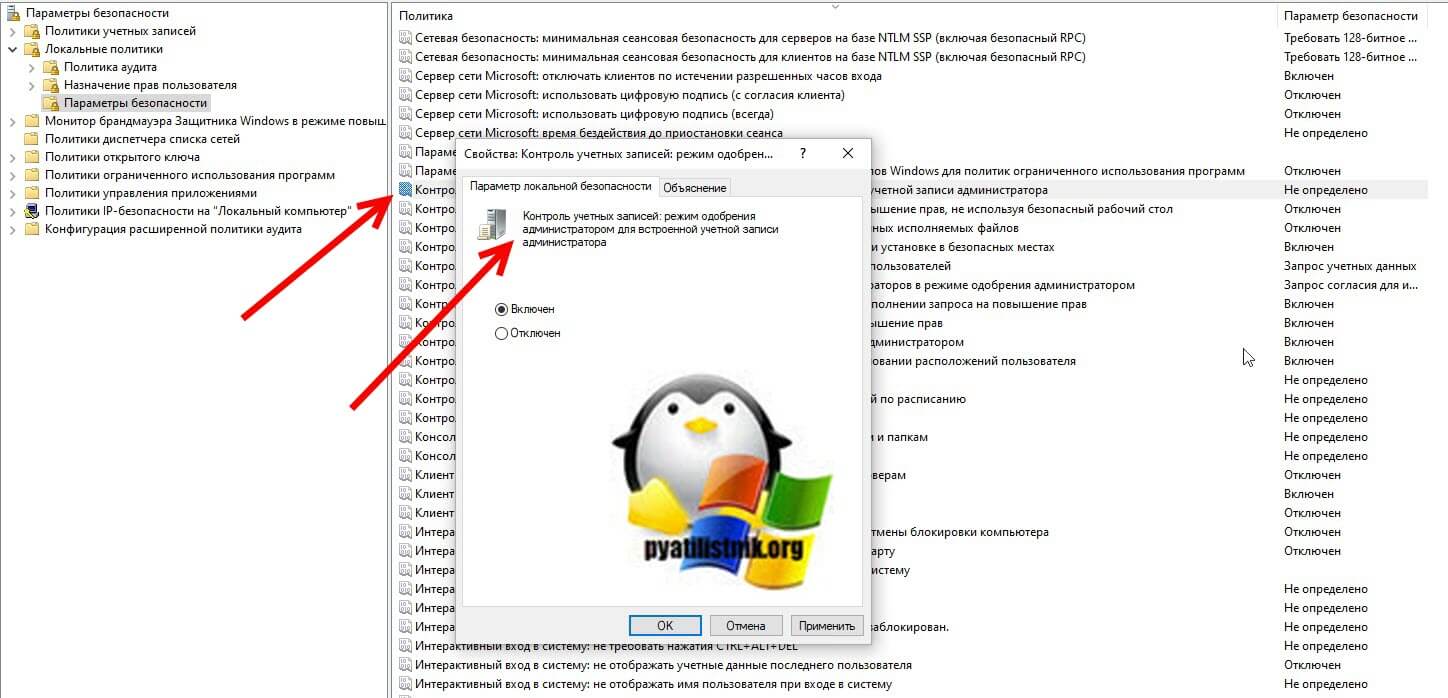
• Включено. Для встроенной учетной записи администратора используется режим одобрения администратором. По умолчанию любая операция, требующая повышения привилегий, предлагает пользователю подтвердить операцию.
• Отключено (по умолчанию). Встроенная учетная запись администратора выполняет все приложения с полными привилегиями администратора.
Далее я советую вам произвести выход из системы и заново залогиниться. После входа в ОС проверьте появилась ли возможность запуска приложения или его удаление, в моем случае сработало.
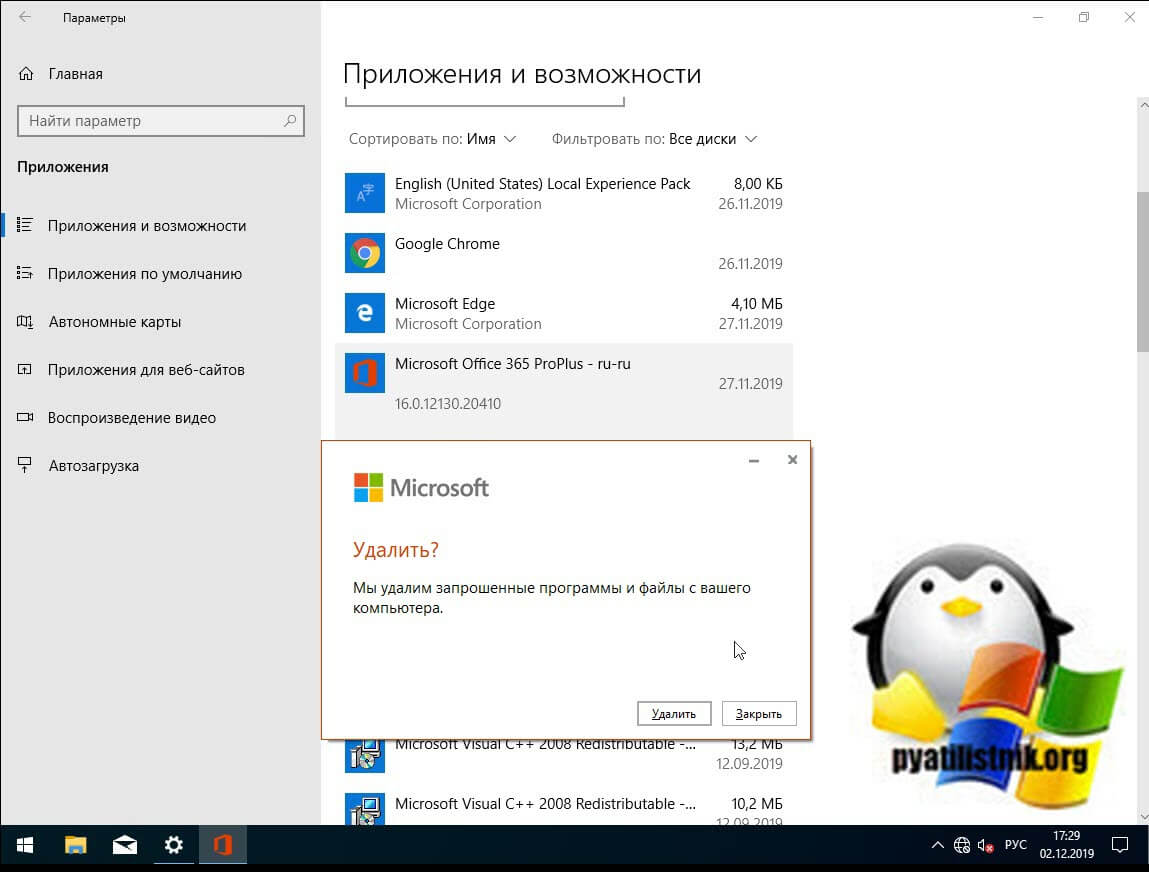
Просмотр разрешений на exe и lnk файлы и их блокировка
Если по каким-то причинам вам не помогли первые два метода и вы до сих под при запуске исполняемого файла exe или ярлыка, получаете окно с ошибкой "Windows не удается получить доступ к указанному устройству, пути или файлу", то следует посмотреть какие разрешения выставлены в его свойствах, это очень важно. В моем примере, это файл OfficeClickToRun.exe. Открываем его месторасположение и смотрим его свойства.
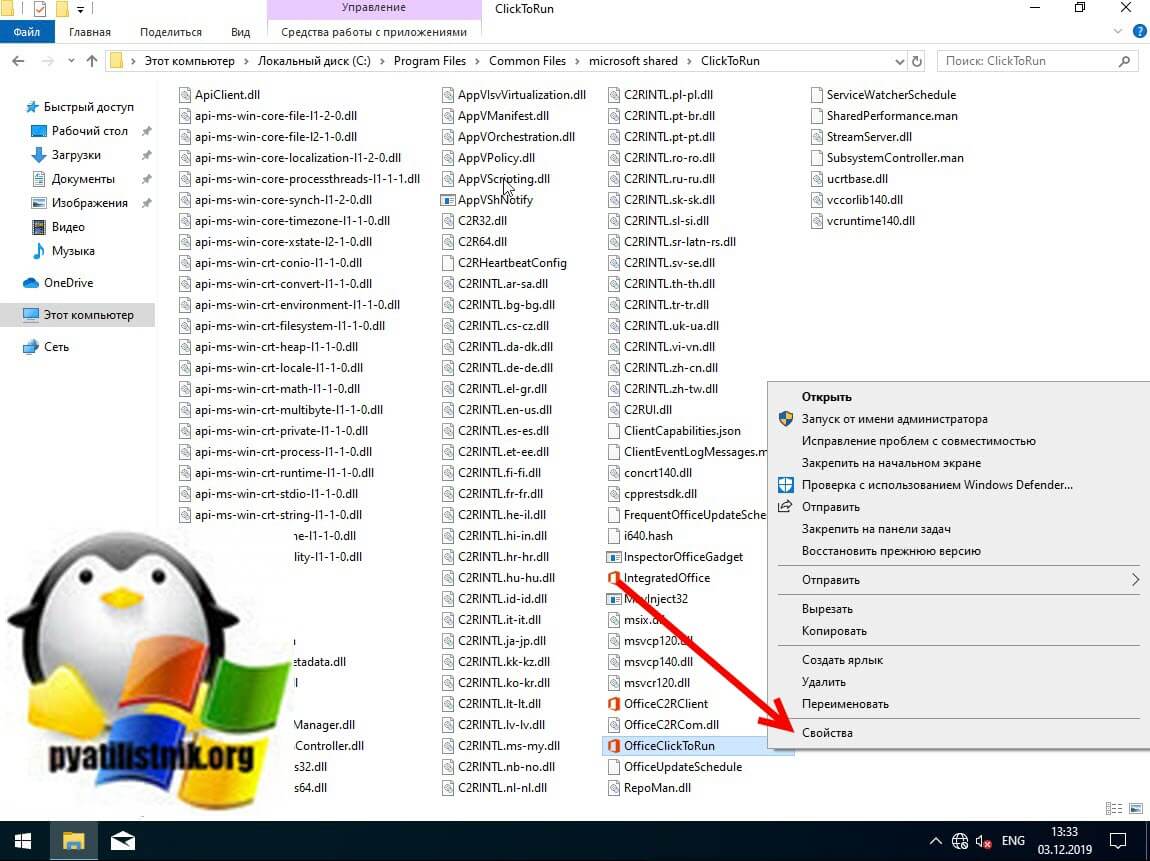
далее открываете вкладку "Безопасность" и смотрите права доступа и запрета на все объекты перечисленные в списке ACL (Access Control List). В моем примере есть такие фигуранты доступа:
- Все пакеты приложений
- Все ограниченные пакеты приложений
- Система
- Администраторы
- Пользователи
Обратите внимание, что для того чтобы просто запустить исполняемый exe файл, относящийся к определенному приложению, у вас должны быть минимум права на чтения, в редких случаях на запись. Удостоверьтесь, что они присутствуют для всех участников. Так же нужно проверить, что у системы и администраторов, были полные права, И САМОЕ ГЛАВНОЕ нет запретов.
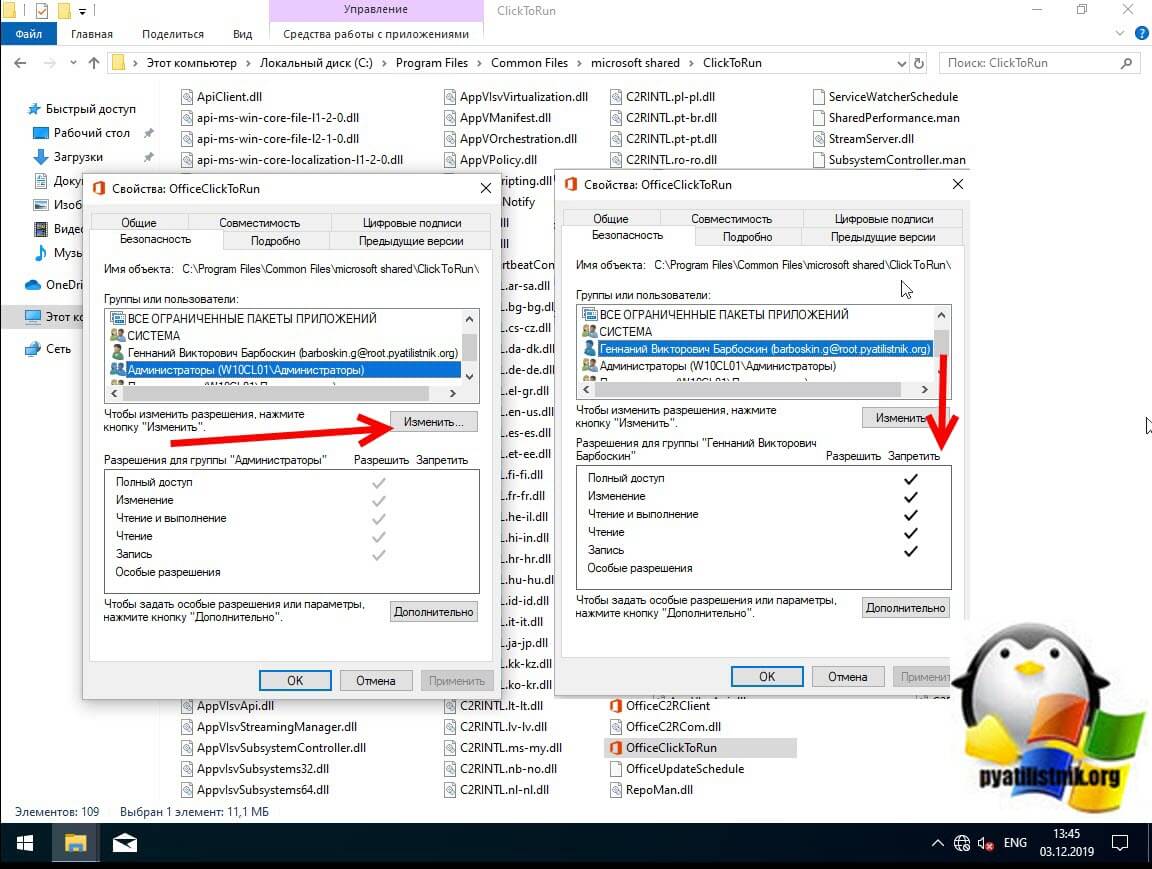
У вас вполне может быть ситуация, что для группы "Администраторы" у вас могут быть полные права, а вот на уровне пользователя запрет, а так как пользователь может являться членом группы "Администраторы" и вроде бы иметь права на доступ, но его явные запреты перевесят и будут вызывать ошибку "Windows не удается получить доступ к указанному устройству, пути или файлу"
Понимая принцип работы приоритетов на доступ, вам необходимо снять ограничения запрета на данный файл, для этого нажмите кнопку "Изменить". В открывшемся окне найдите нужную группу или пользователя и назначьте ему полный доступ на данный файл (или снимите явные запрещения).

Пробуем теперь запустить файл с которым были проблемы, у вас должно все получиться.
Этот файл получен с другого компьютера и, возможно, был заблокирован с целью защиты компьютера.Справа у вас будет возможность поставить галочку "Разблокировать", дабы снять это ограничение запуска. Нажмите применить и закройте окно.
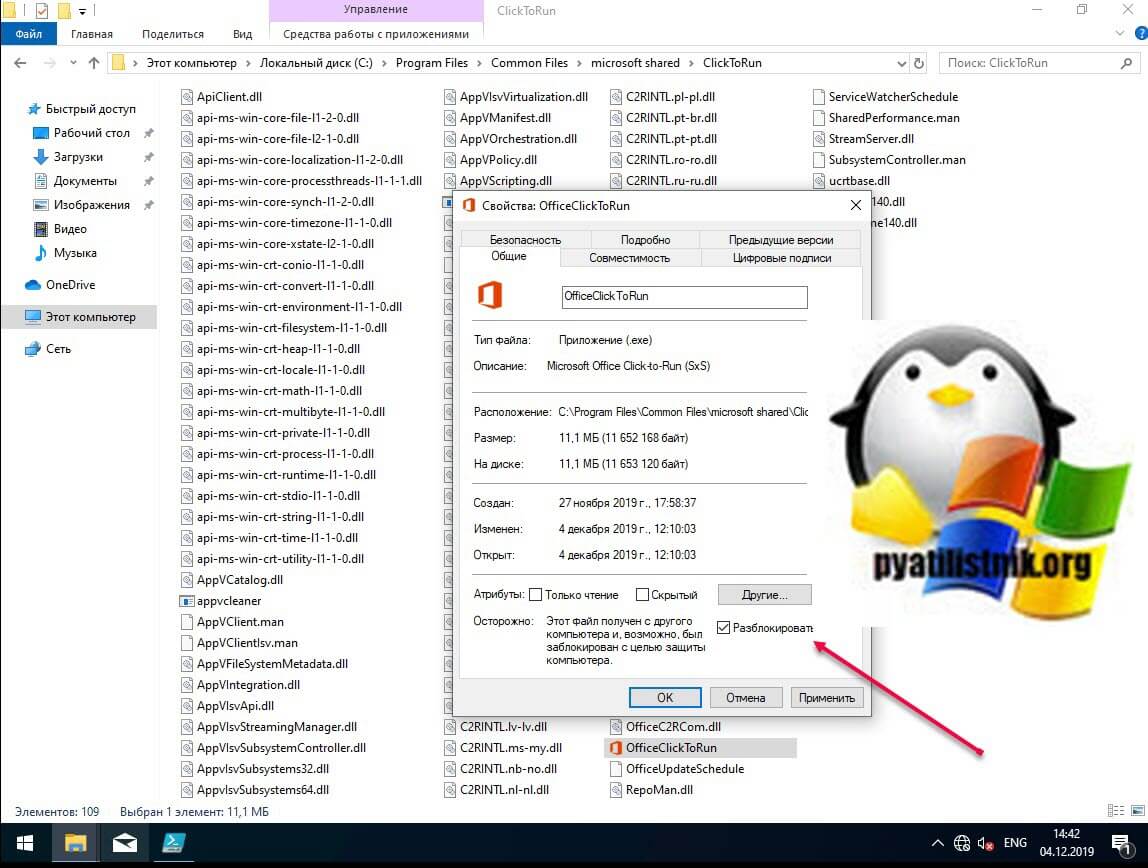
Ошибка "Windows не удается получить доступ к указанному устройству, пути или файлу" при запуске файла .exe с флешки или другого USB-носителя
У всех из нас есть съемные носители, это удобно держать нужные данные всегда под рукой. Очень часто на них могут присутствовать портативные программы, которые запускаются не требуя установки, мини игры, проекты у программистов. Всех их объединяет запуск через исполняемые файлы exe. Предположим, что в вашей системе Windows 8.1 или другой не наблюдается проблем с запуском встроенных и установленных в нее приложений, которые чаще всего лежат на диске C:\, а вот с флешки вы получаете пресловутую, где якобы нет доступа, вы проверили блокировки, права и все они присутствуют, но вот эффекта нет. В такой ситуации вы можете действовать таким образом:
- Для операционных систем Windows 7 до 10 с редакцией Максимальная, PRO или корпоративная вы открываете окно выполнить вводите знакомый нам уже gpedit.msc.
- Далее перейдите в раздел "Конфигурация компьютера - Административные шаблоны - Система - Доступ к съемным запоминающим устройствам". Убедитесь, что политика "Съемные диски: Запретить выполнение" и других политик, связанных со съемными дисками" имеет статус не задано или отключено. Если же она активирована, то вы не сможете запускать с USB носителей исполняемые файлы exe.
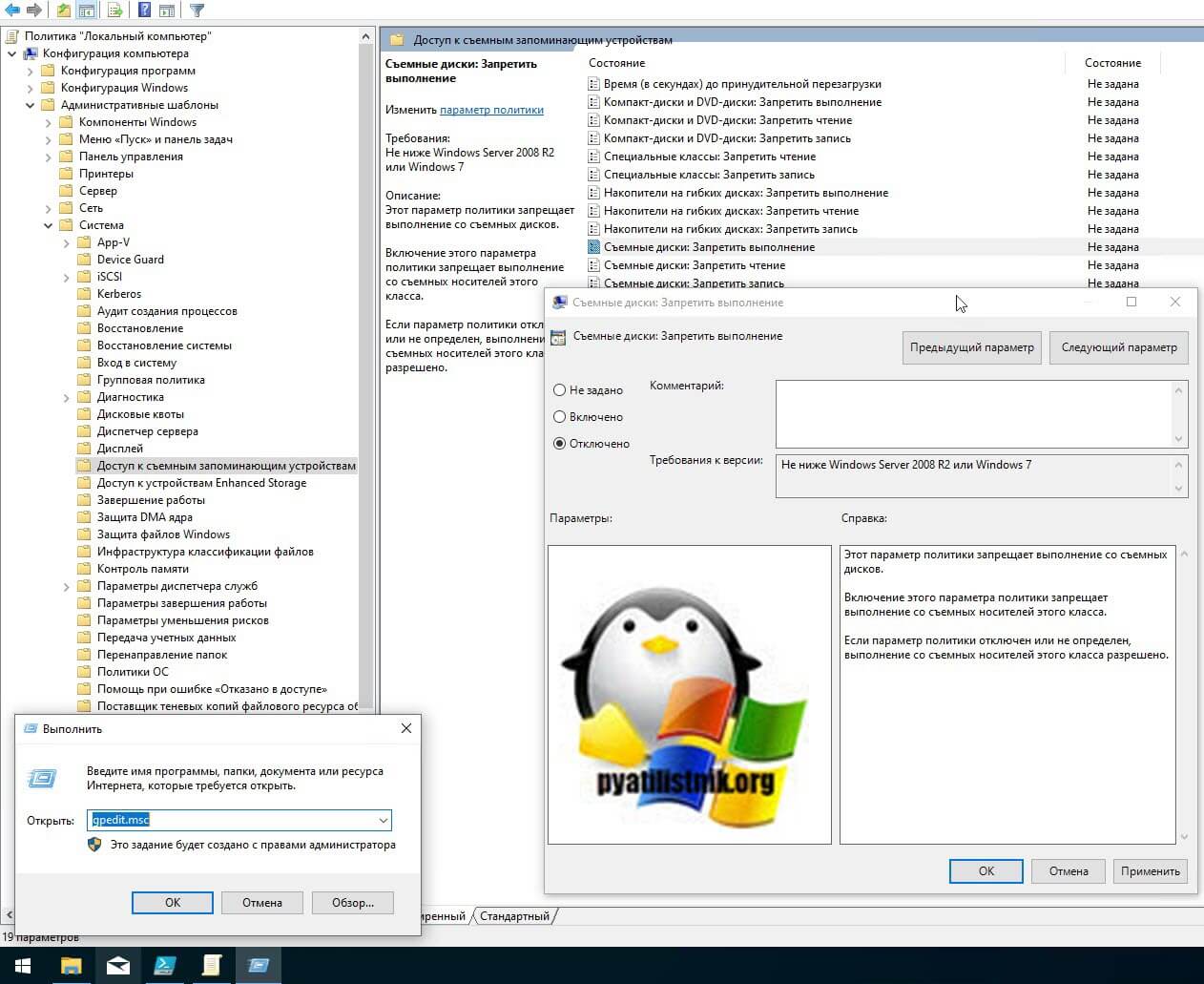
описанный выше метод подходил для старших редакций "Максимальная", "Корпоративная", "Профессиональная", но они есть не у всех, у многих людей дома редакции "Home (Домашняя)" и в ней нет редактора локальных политик, его конечно можно вернуть, я об этом рассказывал, но не всем это нужно. Чтобы убрать запрет на запуск exe файлов со съемных носителей мы воспользуемся редактором реестра. Запустите редактор реестра Windows (Нажмите WIN и R, в окне введите regedit).
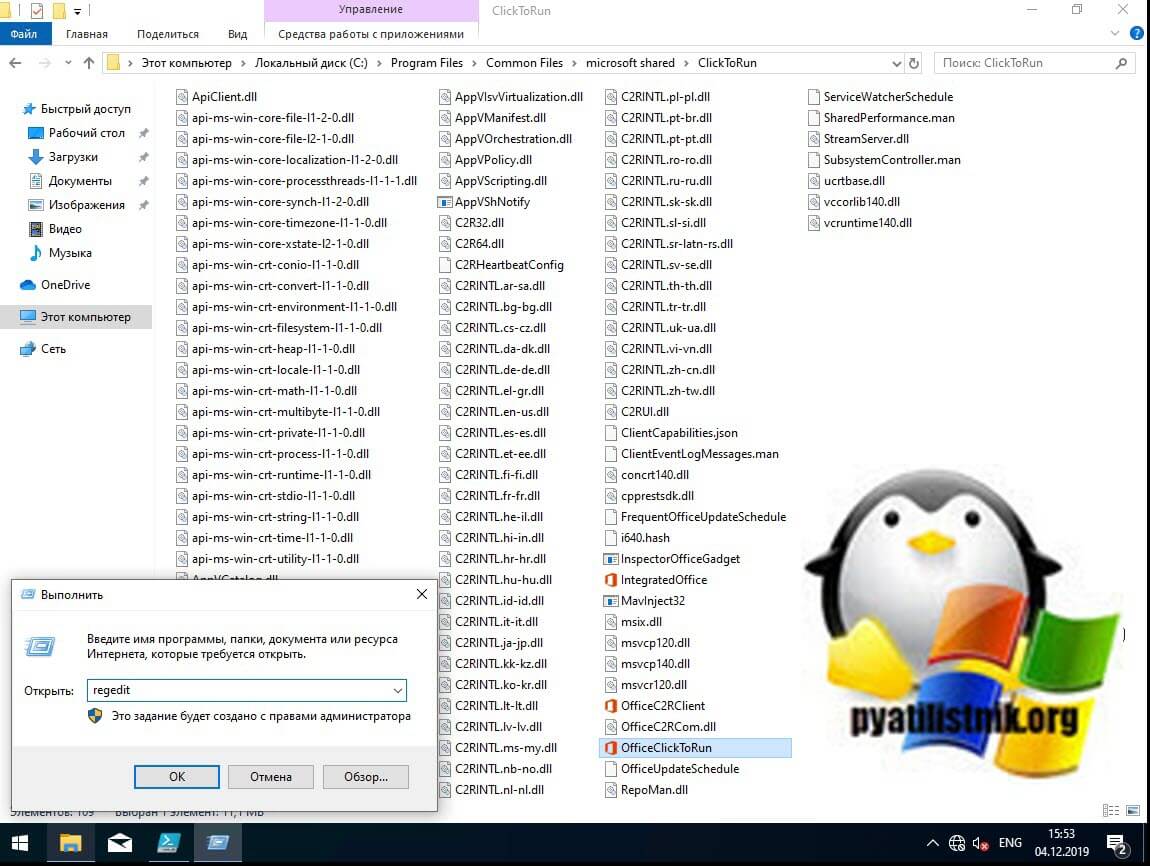
Переходите там по пути:
HKEY_LOCAL_MACHINE\SOFTWARE\Policies\Microsoft\Windows\Убедитесь, что в нем нет раздела RemovableStorageDevices. Если раздел RemovableStorageDevices присутствует, то просто щелкаем по нему правой кнопкой мыши и удаляем его.
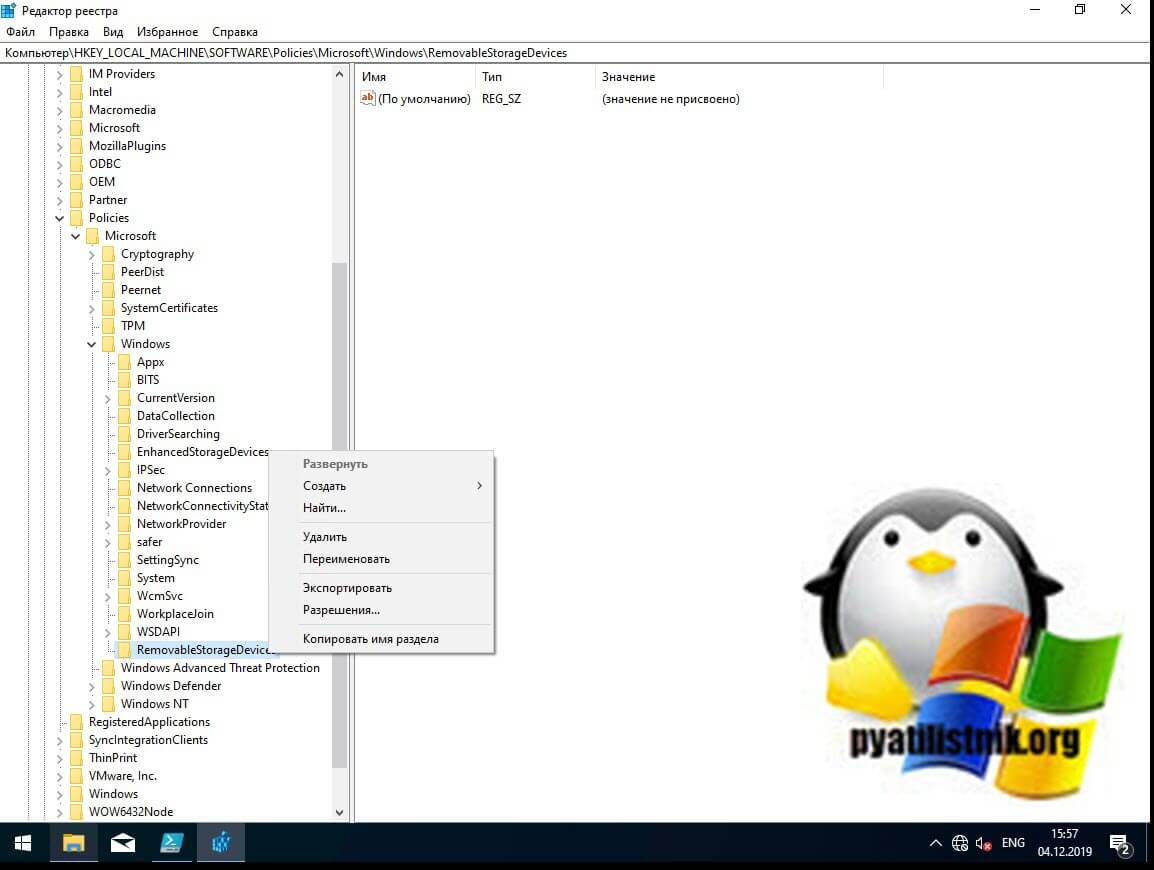
Подтверждаем удаление раздела.
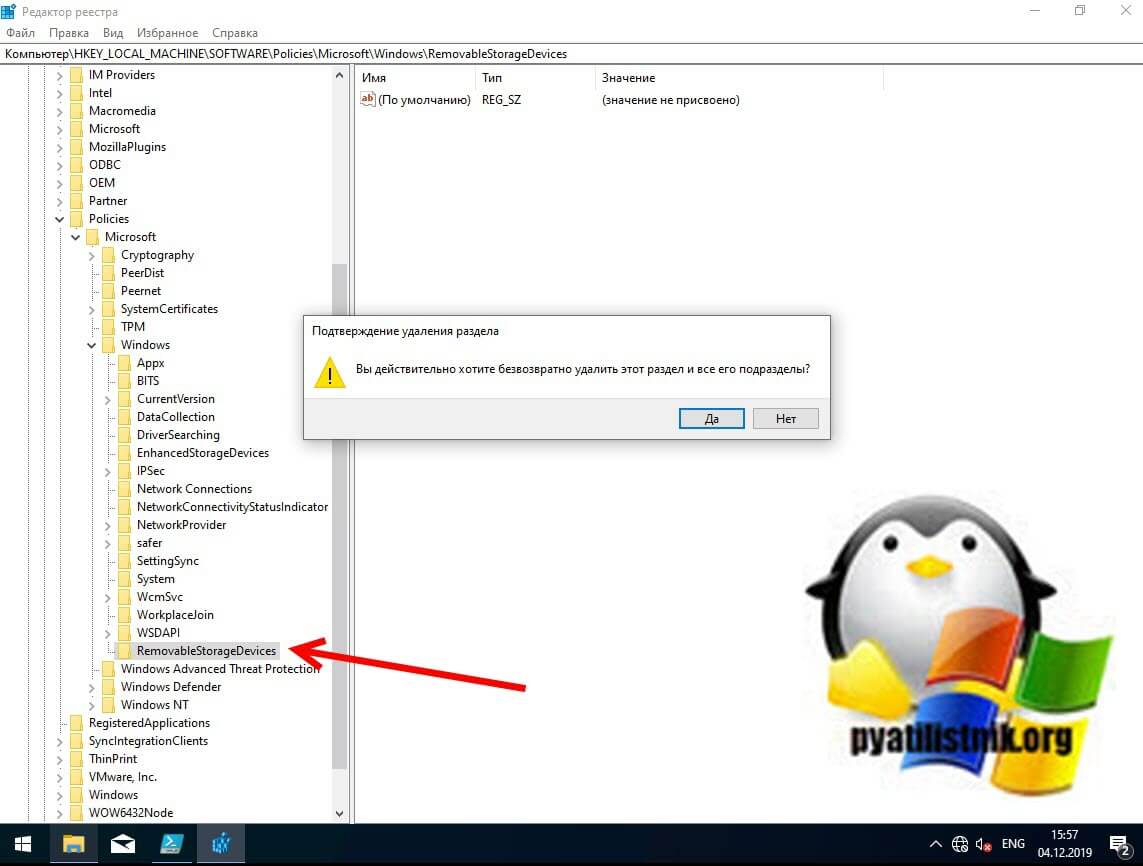
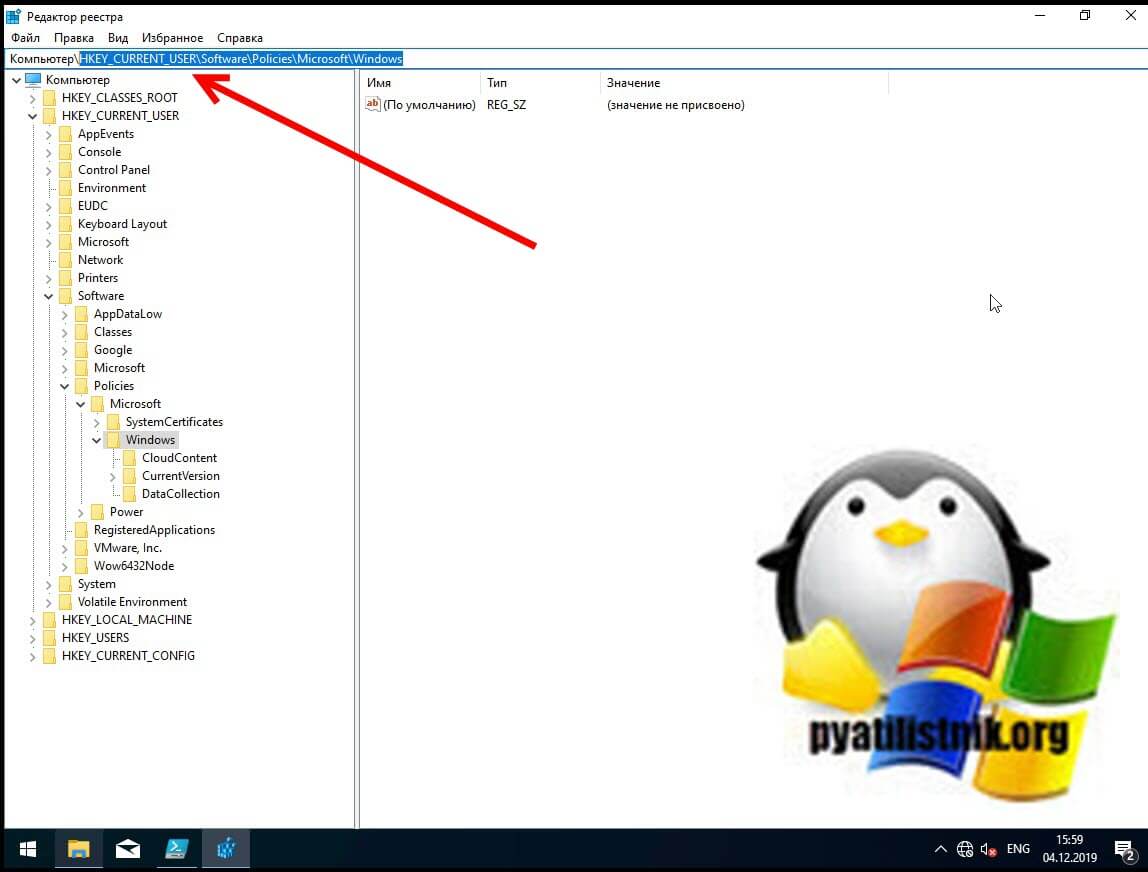
Как только вы произвели манипуляции с реестром, то настройки вступят в силу сразу .но я советую перезагрузить систему или как минимум правильно извлечь ваш съемный носитель, после чего заново подключить. Пробуем запускать с USB исполняемые файлы exe, это должно было устранить ошибку с доступом.
Если не запускается ярлык программы или игры
Как я упоминал ранее, Windows не может запустить программу или открыть файл с внешнего или сетевого диска, который в данный момент не подключен. Поэтому, если вы получили ошибку при нажатии на ярлык, проверьте местоположение его целевого файла и посмотрите, находится ли файл в недоступном месте. Чтобы это проверить, откройте свойства и перейдите на вкладку "Ярлык". Убедитесь, что пути в строке "Объект" и "Рабочая папка" ведут к нужному файлу, чуть ниже вы можете это проверить, нажав на кнопку "расположение файла", что в результате вызовет месторасположение файла в проводнике Windows.
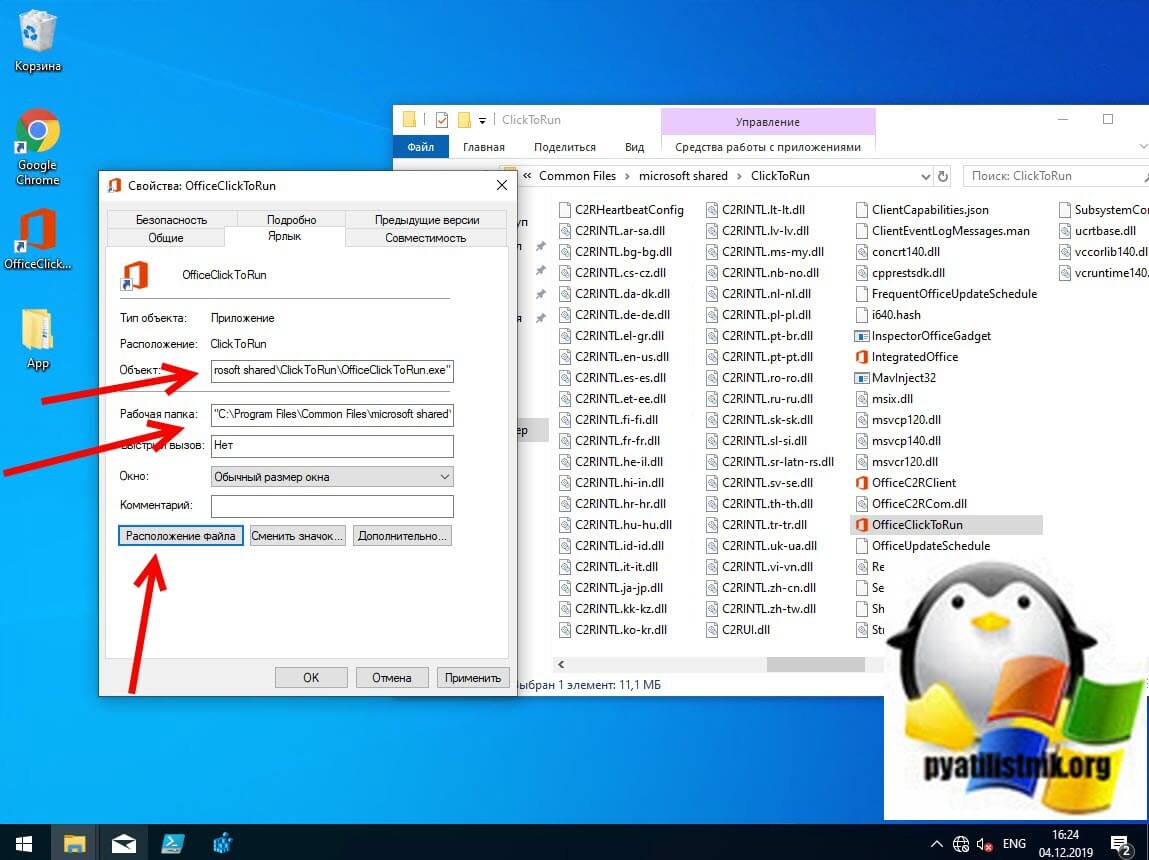
Отключите антивирусное программное обеспечение
Антивирусное программное обеспечение также может блокировать ваши файлы. Поэтому вы можете временно отключить антивирусное программное обеспечение на своем компьютере, а затем попытаться открыть файл.
Если вы можете получить доступ к файлу, когда антивирусное программное обеспечение отключено, оно явно блокирует файл. Вы можете удалить антивирусное программное обеспечение или отключить программное обеспечение, когда вам нужно использовать файл. Например у Avast, приостановка делается очень просто, в области уведомлений Windows щелкаете по значку антивируса и из контекстного меню выбираете пункт "Управление экранами Avast - отключить на 10 минут или час", этого достаточно понять в нем дело или нет.
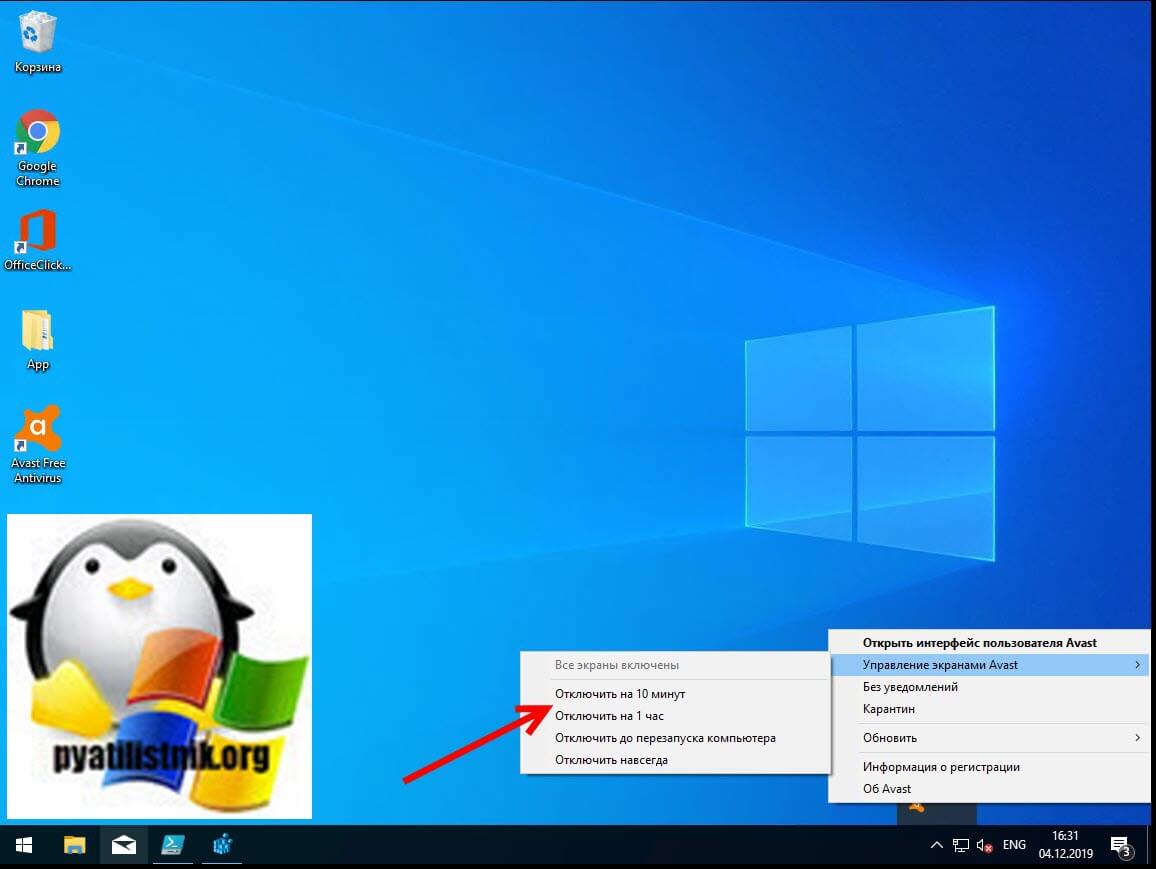
Далее если блокировку вызывал антивирус, в моем примере Avast, то идем в его настройки и добавляем исключение, путь до нашего файла, чтобы антивирус его не трогал и признавал за своего.
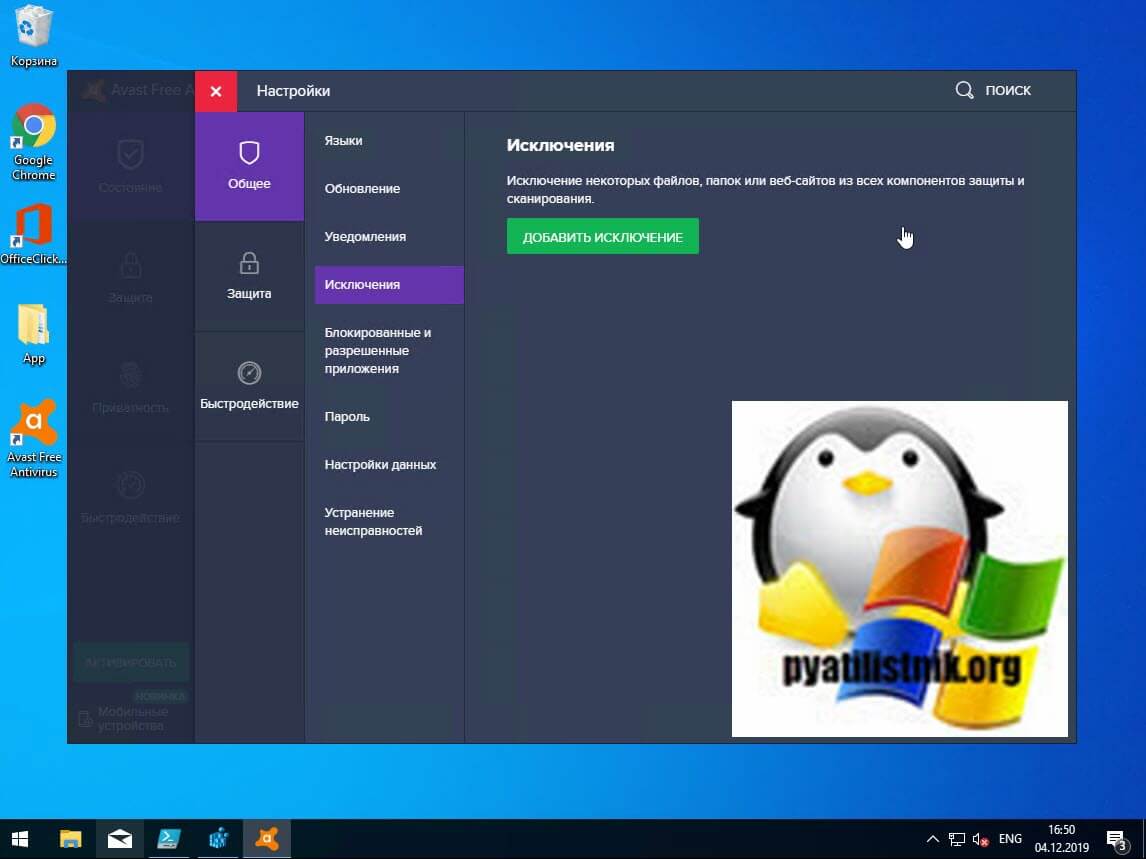
Через кнопку обзор найдите свой exe файл и добавьте его.
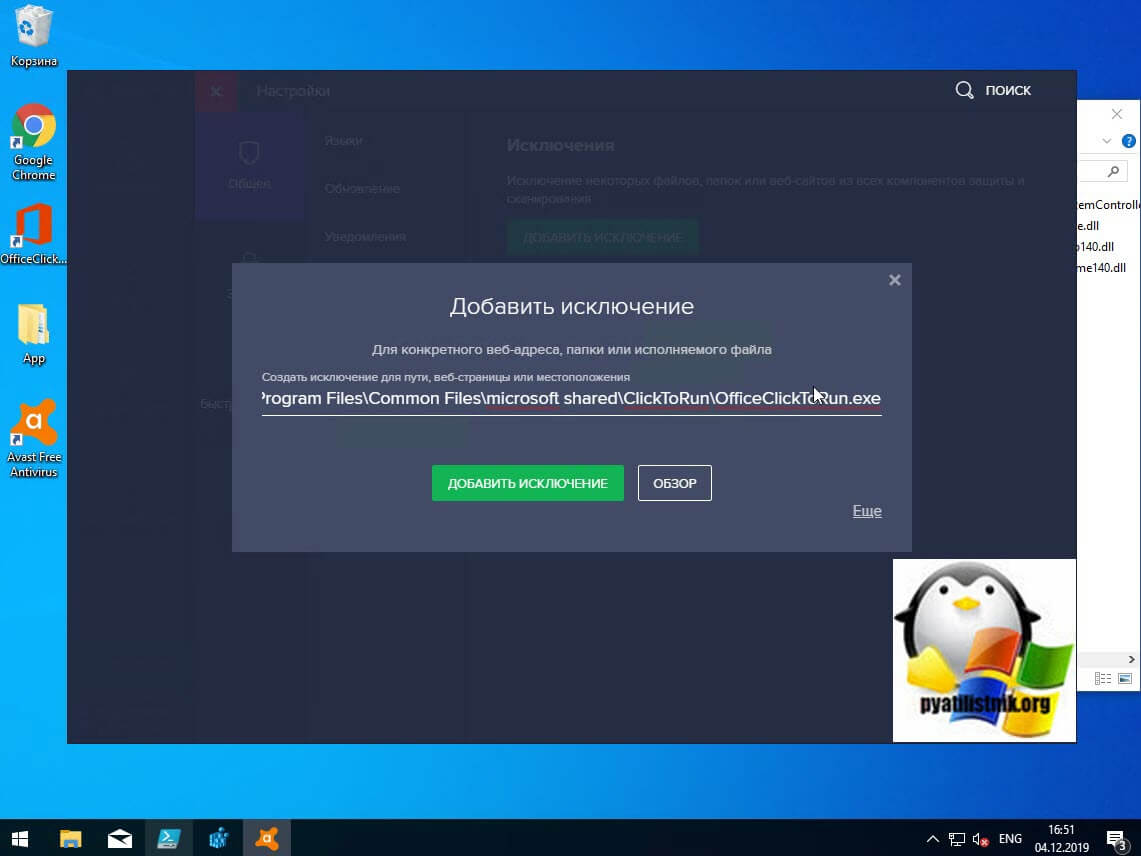
То же самое можно осуществить и в распространенном антивирусе Kaspersky, для этого также в области системных уведомлений найдите его значок и из контекстного меню выберите пункт "Приостановить защиту".
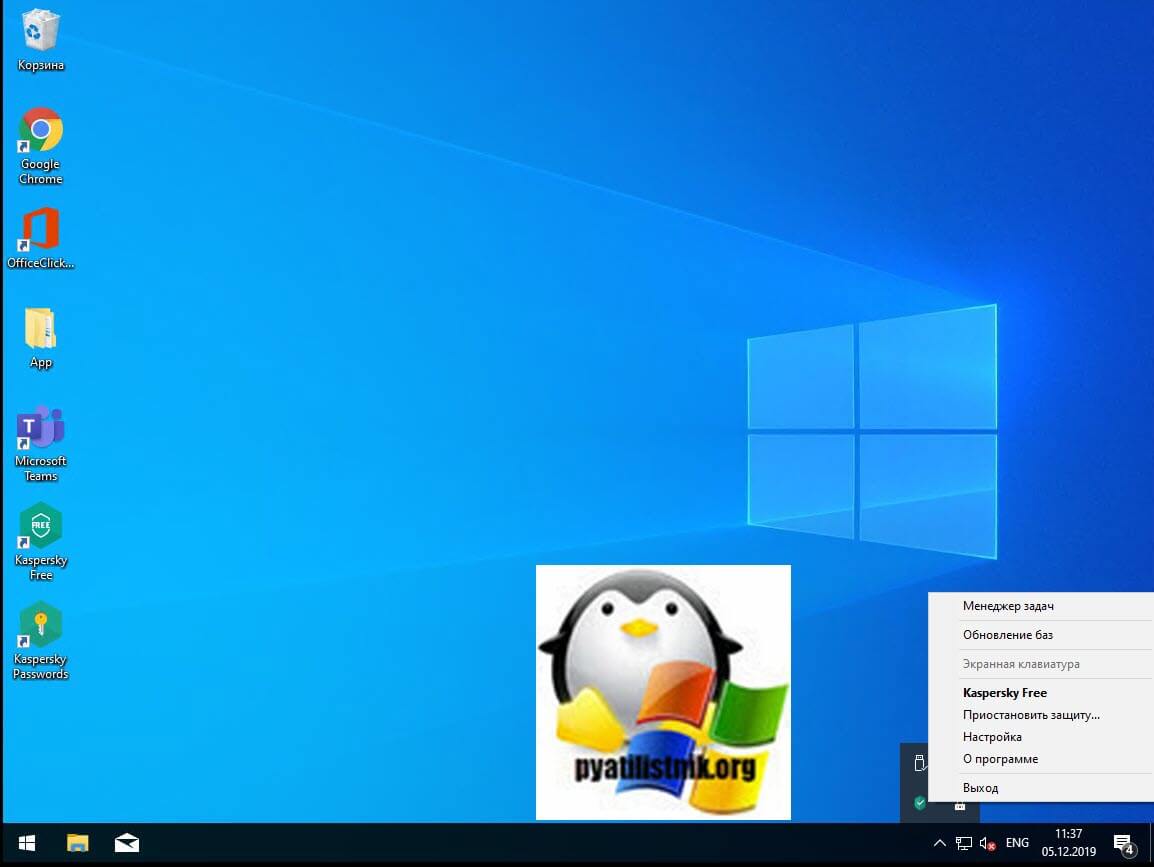
Чтобы исключить нужный исполняемый файл вам необходимо открыть настройки Kaspersky, перейти в раздел "Дополнительно" и выбрать там пункт "Угрозы и исключения".
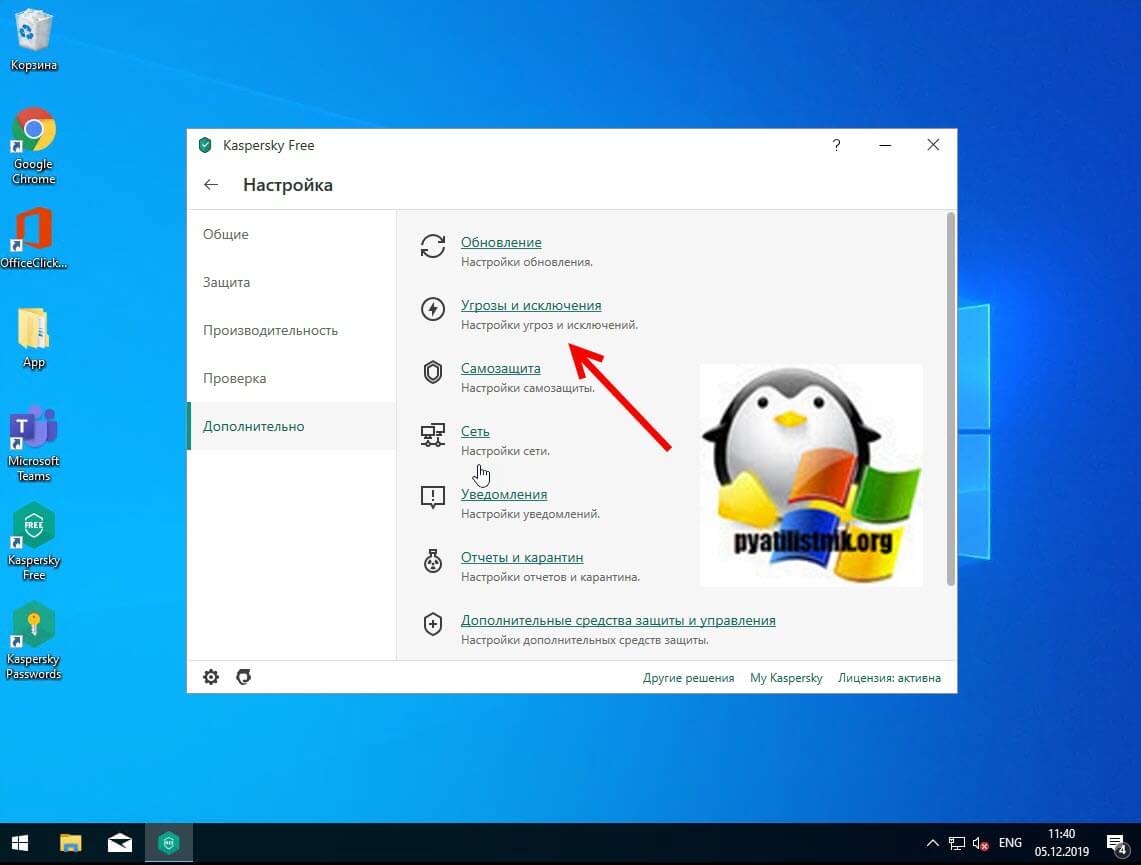
Далее в разделе "Исключения" нажмите на пункт "Настроить исключения"
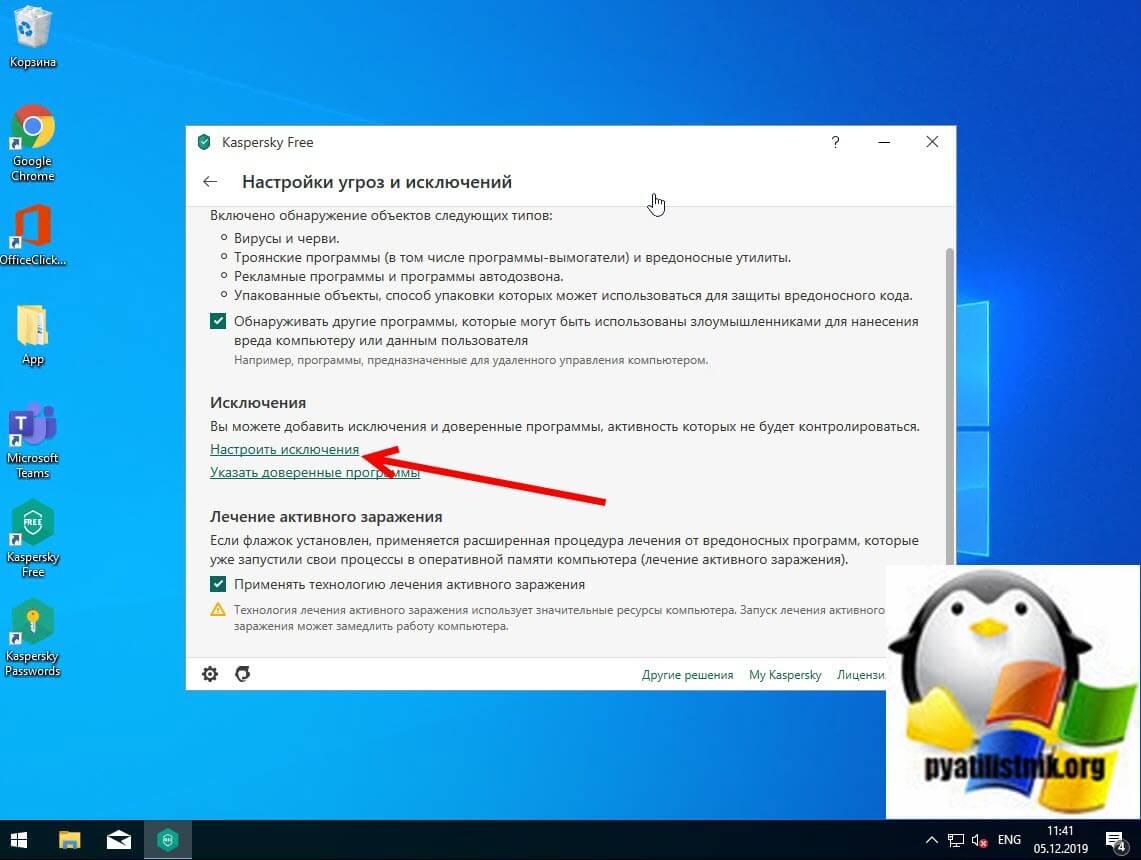
Далее нажимаем кнопку "Добавить"
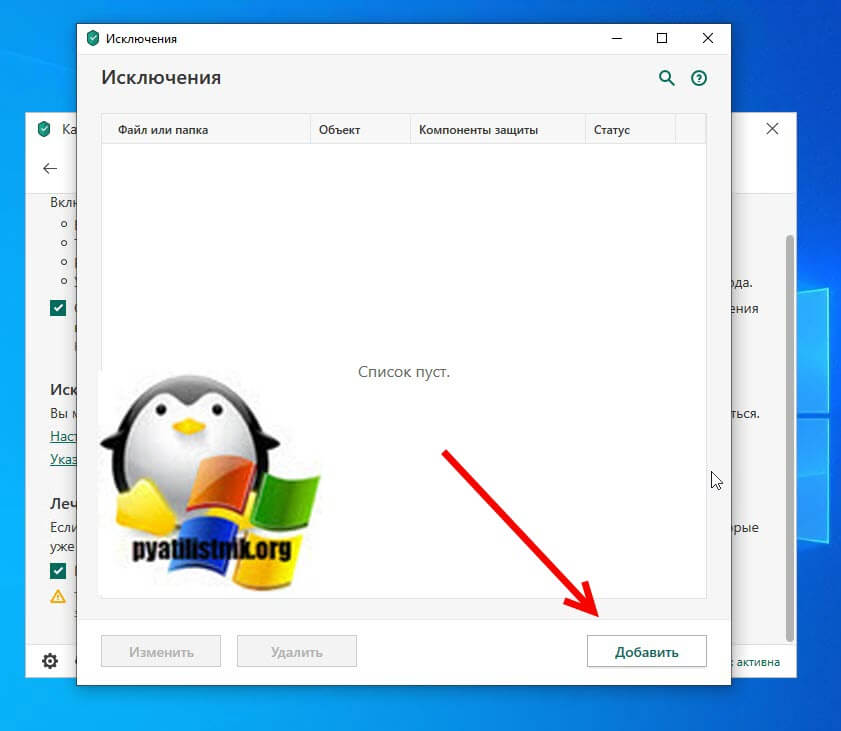
Через кнопку обзор укажите путь до вашего файла.
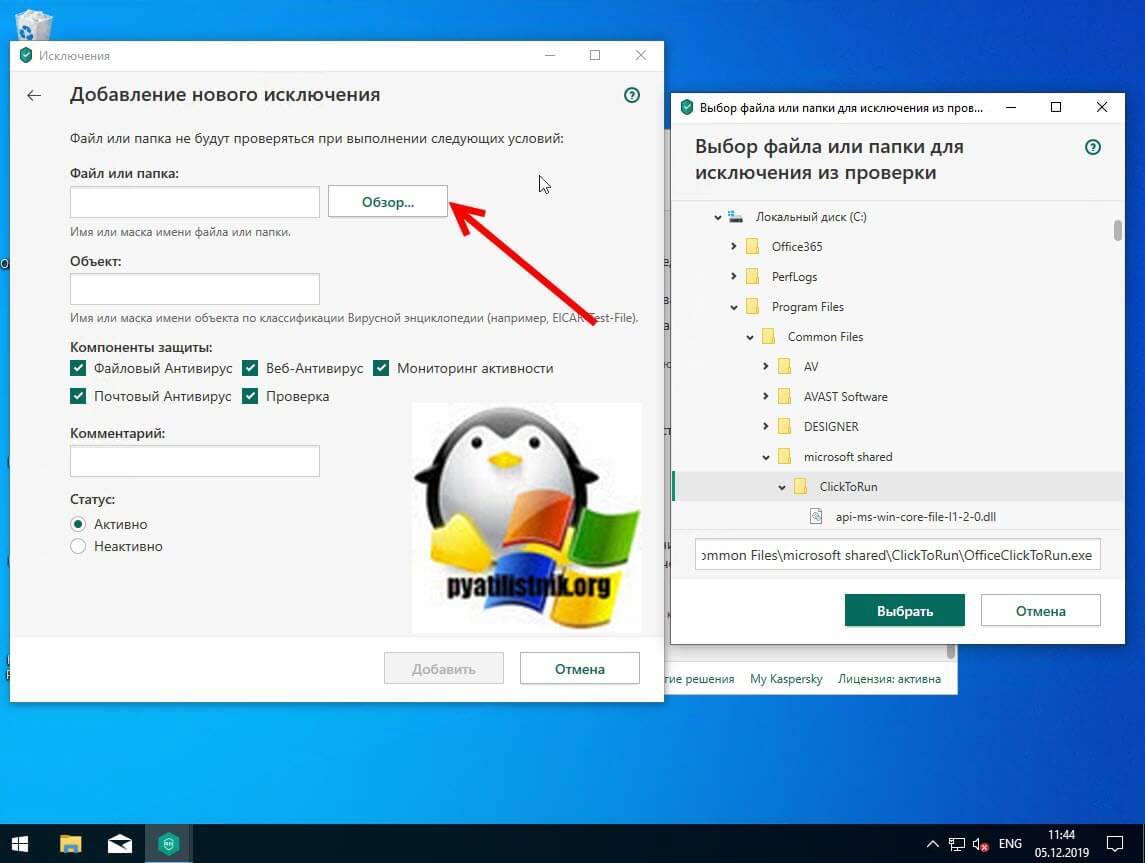
У любого антивируса есть свои системные события, которые он записывает к себе в лог, там будут и упоминания, о блокировке файла. Если ошибка "Windows не удается получить доступ к указанному устройству, пути или файлу. Возможно, у вас нет нужных разрешений для доступа к этому объекту" появилась, то смотрим журнал угроз. Если причина была в антивирусе, то подобным методом вы устраните ошибку запуска exe файла и вызов ошибки "Windows не удается получить доступ к указанному устройству, пути или файлу".
Восстановите файл, который был удален, удален или поврежден
Если доступ к файлу невозможен из-за того, что файл поврежден или удален, внешний диск поврежден или поврежден вирусом, вы можете восстановить потерянный файл с помощью различных программ, например, DiskGenius, EaseUS Data Recovery Wizard, FonePaw Data Recovery.
Проверка политики ограниченного использования программ SRP
Есть такая политика Software Restriction Policies (Политики ограниченного использования программ) - это функция, основанная на групповых политиках, которая определяет программы, работающие на компьютерах в домене Active Directory, и управляет возможностью их запуска. Политики ограничения программного обеспечения являются частью стратегии безопасности и управления Microsoft, которая помогает предприятиям повысить надежность, целостность и управляемость своих компьютеров.
Вы также можете использовать политики ограниченного использования программ для создания сильно ограниченных конфигураций для компьютеров, в которых вы разрешаете запускать только специально определенные приложения. Политики ограниченного использования программ интегрированы с Microsoft Active Directory и групповой политикой. Вы также можете создавать политики ограниченного использования программ на автономных компьютерах. Политики ограниченного использования программ - это политики доверия, которые представляют собой правила, установленные администратором для ограничения работы сценариев и другого кода, который не является полностью доверенным.
Вы можете определить эти политики с помощью расширения политик ограниченного использования программ редактора локальной групповой политики или оснастки "Локальные политики безопасности" в консоли управления (MMC).
Проверить наличие на компьютере политики SRP можно через RSOP или реестр, давайте я покажу какую ветку реестра нужно изучить.
HKEY_LOCAL_MACHINE\SOFTWARE\Policies\Microsoft\ Windows\safer\codeidentifiers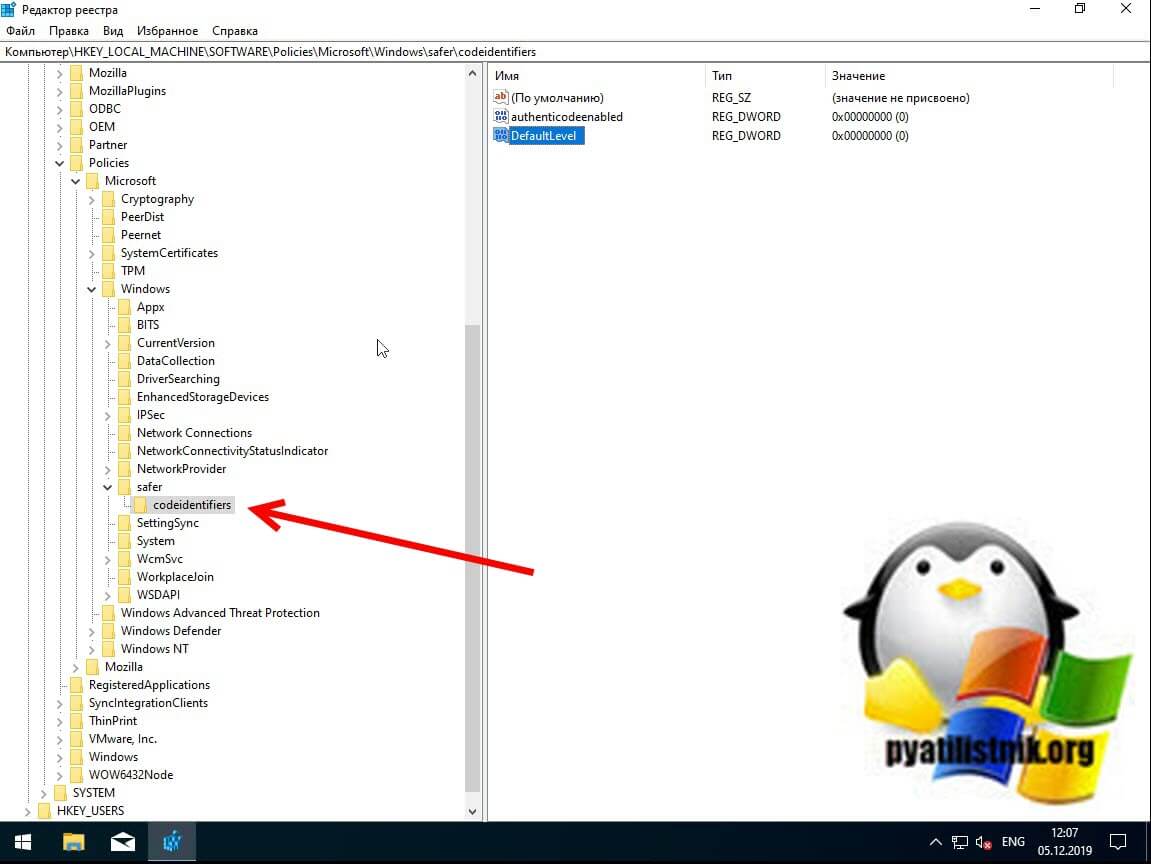
Наличие раздела safer\codeidentifiers уже говорит, о применении политик SRP. Регулируется она ключом DefaultLevel. Чтобы приостановить действие политики SRP установите у ключа DefaultLevel значение 0.
Читайте также:

